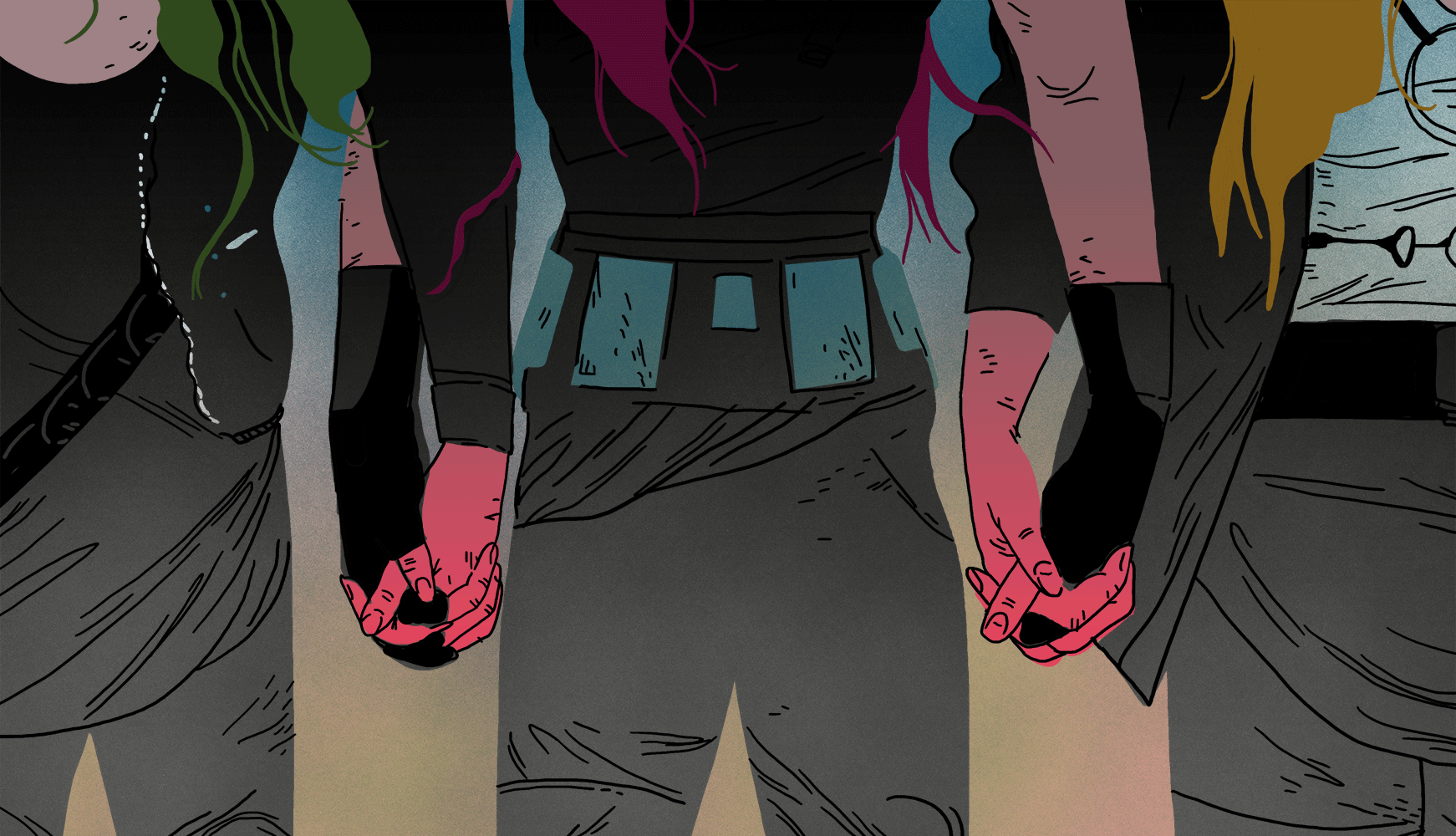
I binge-watched Maria Bamford’s Netflix series “Lady Dynamite” without meaning to. Usually this happens with serial dramas and sitcoms that depend on the episode-capping cliff-hanger to bring audiences back. It isn’t uncommon for a person to binge-watch, for example, “Game of Thrones,” or “The Wire,” or “Friends” (What’s going on with Ross and Rachel, anyway?). “Lady Dynamite” doesn’t really have any cliffhangers. Each episode is its own confetti-splashed grab bag, containing something different every time.
I kept returning because “Lady Dynamite” was funny and weird enough on its own to merit repeat viewings. I told a friend that I couldn’t stop watching it, and he asked why. I said, “Because there’s nothing else really like it.” Then I paused, because I realized something: “I guess that’s not the show; that’s just the way Maria Bamford is.”
“Lady Dynamite” is a Technicolor, jokey, rich and textured semi-autobiographical comedy that debuted with ten episodes on Netflix on May 20. It’s Bamford’s magnum opus if ever there was one: The ten episodes spin together her most memorable standup with absurdist sketch-like storytelling, all punctuated by seemingly endless cameos by a rapid-fire cast of her celebrity friends. And of course, as is Bamford’s signature, it’s a show that uses humor to investigate mental illness, severe depression, and suicide.
The first time I heard Bamford’s standup, I hated it. That’s not an uncommon reaction: Her act doesn’t match anything you could possibly expect, because no one else does it like she does. She doesn’t dryly set up jokes with quick-and-sharp punchlines; she draws out strange stories and uses a variety of cartoonish voices to amuse her audience. It’s less of a stand-up set and more like a series of one-act plays with one woman in all the roles. It’s unsurprising that Bamford has voiced a number of cartoons, including characters on Cartoon Network’s “Adventure Time” and Nickelodeon’s “Hey Arnold.”
I hated the first Bamford CD I heard, but I couldn’t stop thinking about it. Her voices — ranging from deep and drawn out to higher than Mariah’s — are infectious; her characters are memorable. The next time I heard her standup, I was amazed by it. When I knew what I was in for, I could recognize Bamford as a bona fide genius. There was no one on earth doing comedy like she did — it’s impossible to even accurately describe. She is so off-the-wall and bizarre that it would be impossible to mimic her.
Bamford didn’t garner a huge following in her first two decades performing stand-up, but the people who knew her loved her. She is an acquired taste, but once you acquire it, you’re hooked. Some of Bamford’s biggest fans are fellow stand-up comedians who know that creating (and unapologetically performing) such a unique brand of comedy is no easy task.
So really, a TV series was a long time coming for Bamford, and it’s well-earned. At 43, she’s paid her comedy dues; she’s famously one of the hardest working people in the game. Within the first ten minutes of the pilot episode of “Lady Dynamite,” one thing is clear: A television series like this is the ideal medium for everything Bamford does best.
The episodes fluctuate between the present, the past, and an in-between era subtitled “Duluth” — scenes from the time in her life when she suffered a mental breakdown and moved home to be partially institutionalized. Through each phase in her life Bamford is at once well-meaning and ignorant; optimistic and immobilized by anxiety; sure-of-herself and desperately confused. She is an expert at dexterously spanning a range of emotional realities. Front and center thematically is Bamford’s struggle with Bipolar II disorder, and she acts out spans of high-energy mania interspersed with glimpses of loud sobbing and screaming into towels in the shower.
While Bamford has long been a vocal advocate for destigmatizing mental illness, that’s not her only political touch point in “Lady Dynamite.” In an episode titled “White Trash,” Bamford critically examines racism in Hollywood, while also pointing out her own ignorance (not just in the past, but also in the present). In the episode “Josue,” she reflects on her own part in contributing to dismal working conditions for Mexican workers at a box store factory. In the same episode, she parodies white savior storylines (think the 1995 film “Dangerous Minds”) by choosing to mentor a Latin teenager she finds spray painting a dumpster. The themes are difficult and controversial, and Bamford isn’t necessarily graceful with them so much as she is unafraid to bring them up. “Lady Dynamite” is clearly interested in shining a light on the ways in which modern America is often cruel enough to be absurd.
For fans, it’s nice to see Bamford shining in mainstream ways she never quite has before. For newcomers, these are ten phenomenal warm-up episodes that act as a good primer for one of the greatest comedians of our time.







